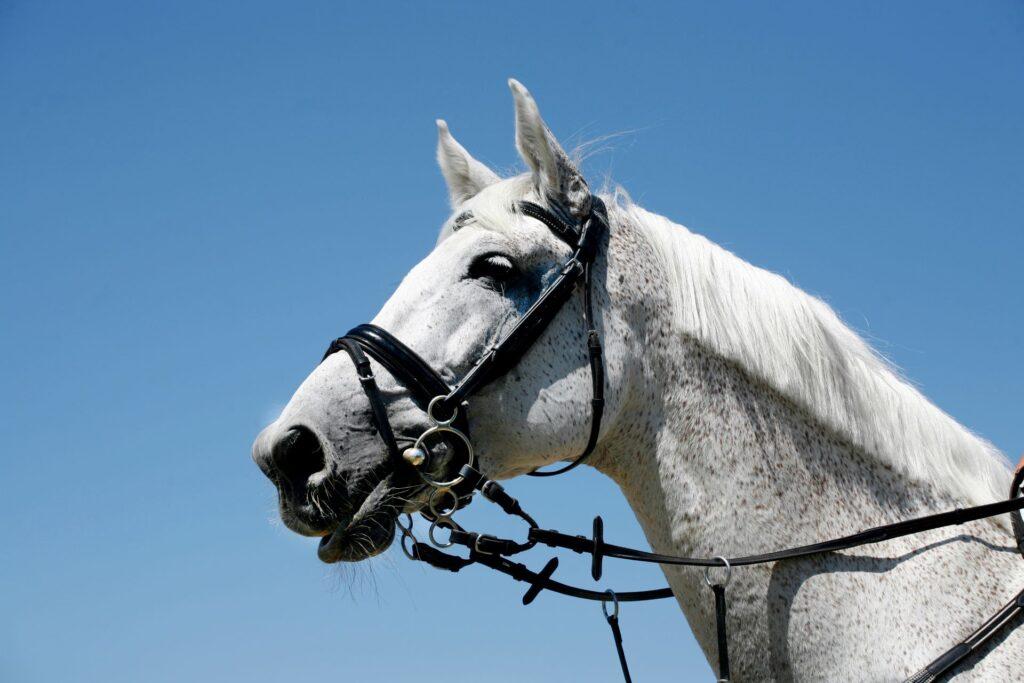Equestrian sports, particularly show jumping, have always been a blend of tradition and innovation. As we progress further into the 21st century, the advancements in training techniques, breeding methods, and technology are pushing the boundaries of what was once thought possible in this prestigious sport. These innovations are not just enhancing the performance of elite show jumper horses but also redefining how enthusiasts and professionals approach the selection and training of these magnificent animals.
Cutting-Edge Training Techniques
Training show jumpers to achieve excellence involves more than just physical conditioning. Modern training techniques now incorporate a holistic approach that considers the horse’s mental well-being alongside its physical capabilities. For instance, positive reinforcement has gained traction, shifting the focus from traditional, sometimes harsh training methods to more humane and effective practices. Trainers are now using techniques such as clicker training, which rewards the horse for correct actions, thereby fostering a more cooperative and enthusiastic performance.
Additionally, advancements in biomechanics have enabled trainers to analyze a horse’s movement with unparalleled precision. High-speed cameras and motion analysis software allow for detailed examination of the horse’s gait and jump. This technology helps in identifying inefficiencies and areas for improvement, ensuring that each movement is optimized for maximum performance. These insights lead to more personalized training regimes that cater to the unique needs of each horse, thereby enhancing their overall ability and reducing the risk of injury.
Innovations in Breeding
Breeding has always played a crucial role in the development of high-performance show jumpers. Recent advancements in genetic testing and selective breeding are revolutionizing this aspect of the sport. Genetic profiling allows breeders to identify horses with the best potential for show jumping from an early age. By analyzing specific genetic markers, breeders can predict traits such as agility, strength, and temperament, which are critical for success in show jumping.
Moreover, the use of assisted reproductive technologies, such as embryo transfer and artificial insemination, has expanded the possibilities for breeding elite show jumpers. These technologies not only increase the chances of producing high-caliber offspring but also allow for greater genetic diversity. By combining the best traits from different bloodlines, breeders can create horses that are better equipped to handle the physical and mental demands of show jumping.

Technological Enhancements
Technology is playing an increasingly significant role in the equestrian world. From wearable devices to advanced monitoring systems, these innovations are transforming how we care for and train show jumpers. Wearable technology, such as GPS trackers and heart rate monitors, provide real-time data on a horse’s performance and health. This information is invaluable for trainers and veterinarians, allowing them to make informed decisions about training intensity and recovery periods.
Another notable innovation is the use of virtual reality (VR) in training. VR simulations offer a controlled environment where riders can practice without the risks associated with real-world training. These simulations can mimic various scenarios and obstacles, helping both horse and rider to prepare for competitions more effectively. Additionally, VR can be used for mental training, allowing riders to visualize courses and strategies, thereby enhancing their focus and performance.
Considerations for Buying High-Performance Horses
When it comes to purchasing an elite show jumper, there are several key factors to consider. First and foremost is the horse’s pedigree. A strong lineage of successful show jumpers often indicates good genetics, but it is also essential to evaluate the individual horse’s physical and mental attributes. Prospective buyers should look for horses with excellent conformation, strong muscles, and a calm yet alert temperament.
Another important consideration is the horse’s training history. Horses that have been trained using modern, humane methods are more likely to perform well and have a longer career. It is also advisable to have a veterinarian conduct a thorough health check to ensure there are no underlying issues that could affect the horse’s performance.
Finally, potential buyers should consider the ongoing costs associated with maintaining a high-performance horse. These include training fees, veterinary care, and equipment. It is crucial to have a clear understanding of these expenses to ensure that the horse can be adequately supported throughout its career.
Conclusion: Embracing the Future of Equestrian Excellence
In conclusion, the world of show jumping is experiencing a transformative period thanks to innovations in training, breeding, and technology. These advancements are not only enhancing the performance of elite show jumpers but also making the sport more humane and accessible. By embracing these innovations, trainers, breeders, and enthusiasts can reach new heights in equestrian excellence, ensuring that the legacy of this magnificent sport continues to thrive for generations to come.
Picture credits:
Александр Марченко – stock.adobe.com
acceptfoto – stock.adobe.com

